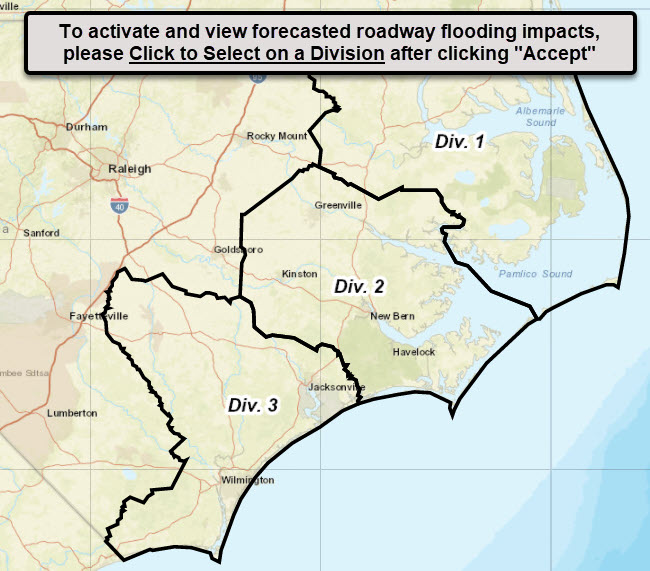T-SAPP leverages the real time, 3D inundation mapping coupled with LIDAR derived roadway elevation layers to compute flooding depths over roadways for both current and forecasted conditions. The application features an interactive dashboard allowing users to navigate between current conditions, modeled scenarios, and forecasted conditions where available.
The dashboard also features different “info-widgets” that provide detailed information including Stream Elevation, an interactive stage hydrograph, and Forecasted Peak. In addition, the Road Affected widget gives you the option to view a summary table of all impacted roads within the inundation extent of the selected gage, or a sortable and filterable table showing all impacted roadway segments.
The system also leverages the DOT bridge database to provide real time bridge hydraulic performance dashboards during flooding events. The system reports critical emergency response information such as bridge freeboard (the distance between the water surface and the bridge’s low chord elevation) and has the option to export this information to a PDF report.




